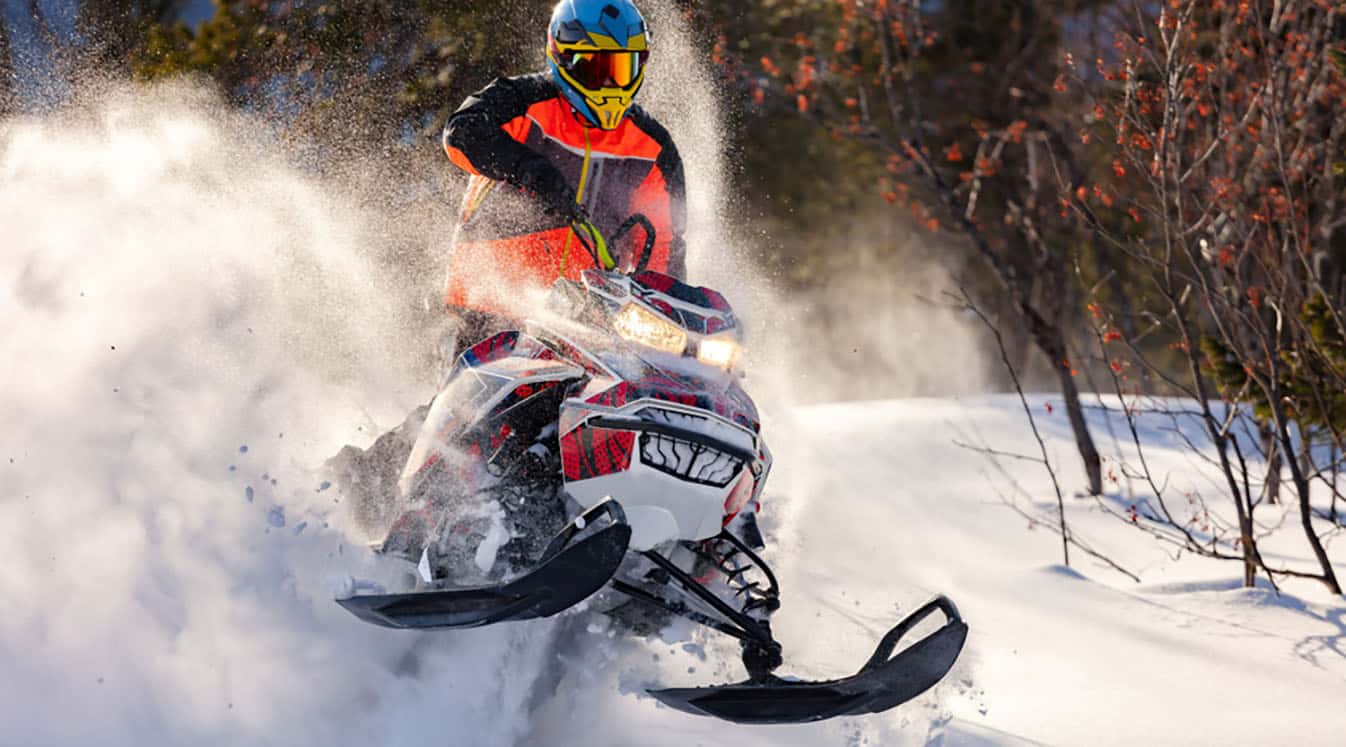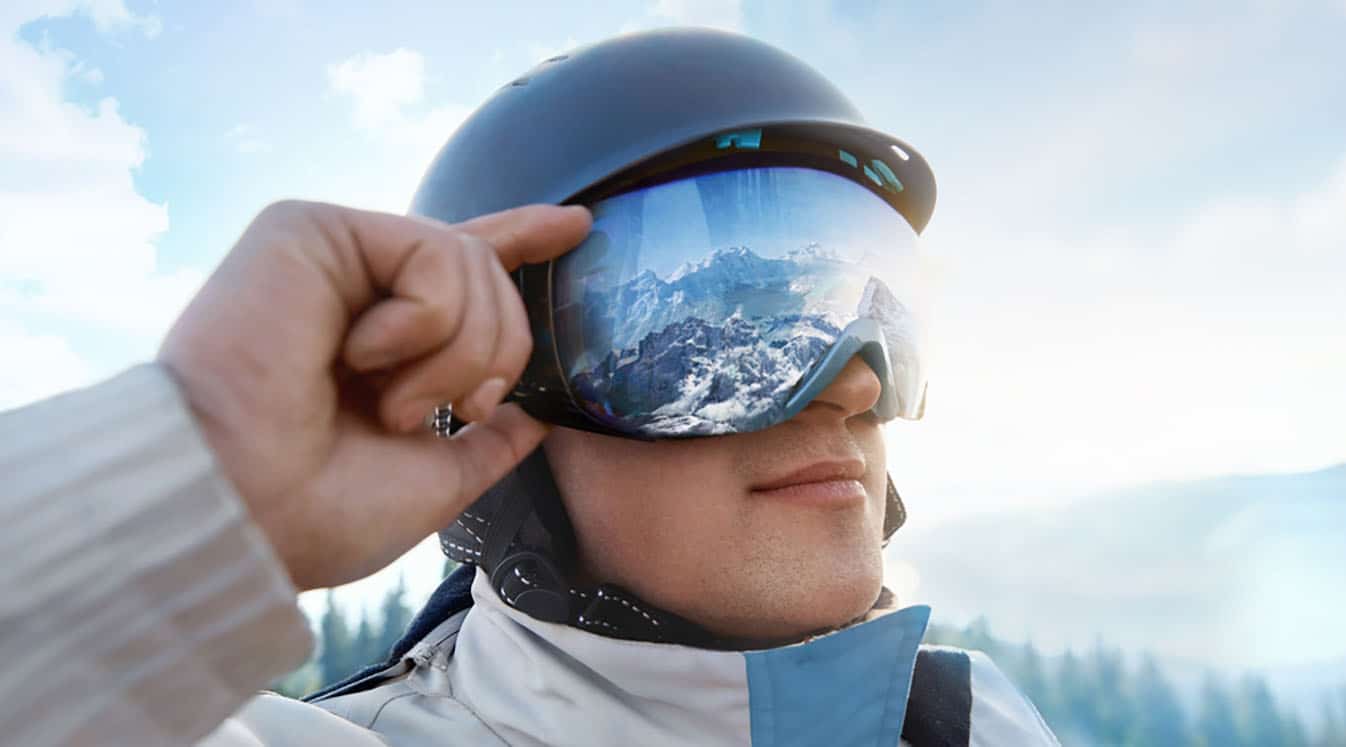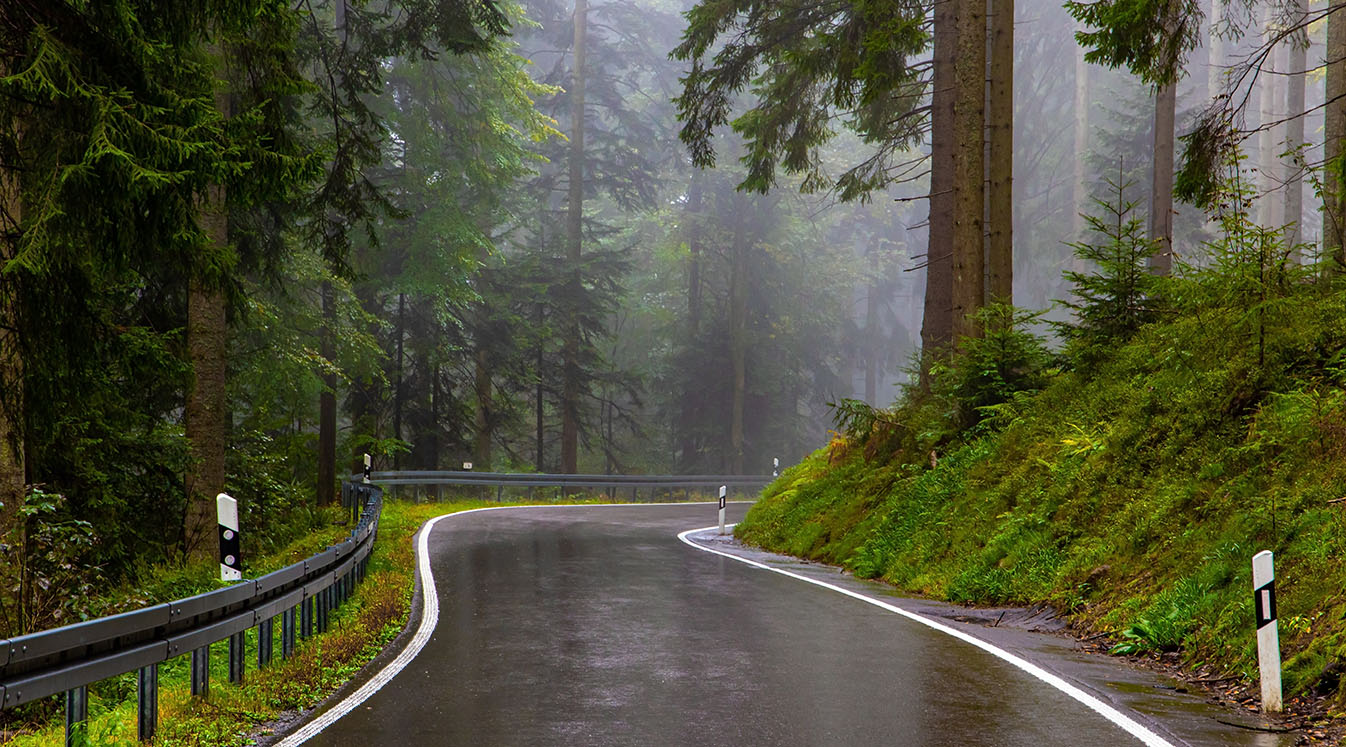Imagine bouncing over powdery white clouds in the stillness of the remote countryside. Interest in snowmobiling has been rising across the U.S. since the end of the COVID-19 pandemic, spurring around $30 billion in economic revenue in North America. Gliding over the snow on a motorized sled is the best way to experience nature in the winter. Some people have no choice but to travel by snowmobile. It’s the only way to get around when the streets haven’t been plowed.
But these machines pack a mighty punch. You can easily top 100 mph when you put your thumb on the throttle. That kind of power isn’t to be taken lightly. Learn what to wear while snowmobiling to prepare for any weather and use these snowmobile riding tips to cruise around like a pro.
1. Use the Right Gear
The snow may look soft, but it won’t do much to cushion your fall. Racing around in the cold can also put your health at risk if you’re not wearing the proper gear.
Start with a moisture-wicking inner layer made of wool or synthetic fabric that will dry quickly when wet. Add a thermal jacket or sweater that won’t restrict your range of movement. Keep the moisture out with a seamless, waterproof outer layer. Your snow pants should tuck into your snow boots, and your coat sleeves should fit into your gloves or vice versa. You also need a helmet with insulating layers, goggles and a face mask to protect your head.
Inspect your gear before every ride and replace any damaged items. Watch for any rips or holes in the outer layer to prevent leaks. The gloves should be warm enough without affecting your ability to grasp the controls. Practice steering, braking and throttling before taking off.
Read Our Complete Guide on What to Wear While SnowMOBILING
2. Take It Slow
Put the speed demon in you on ice unless you have nothing but open terrain to explore. Stopping on a snowmobile can be tricky, so give yourself plenty of room to reduce your speed. If you need to come to a full stop, steer toward the right and away from any oncoming obstacles to let the sled run its course. A dense patch of snow will help you decelerate.
The sled can get away from you when going downhill. Lean back and slowly ease off the brake to avoid going too fast. Slow down when approaching turns and gradually accelerate once you round the bend.

Source: kobeza/Shutterstock.com
3. Adjust to the Snow
The density of the snow will affect just about every aspect of your experience. Deep snow makes for a great show, but you have to work harder to get where you need to go. Give yourself more room to build speed when going uphill. You might have to accelerate when going downhill. Stick to your previous route – if you can find it – to take the path of least resistance.
Hard snow makes for a rocky ride. Reduce your speed and stick to flat, well-trodden areas that won’t damage your ride.
4. Lean Where You Want to Go
Your center of balance will help you direct the sled. Any time you change your position, it will affect the speed and direction of the vehicle. Lean into turns to avoid oversteering. Kneel and lean forward when going uphill to gain momentum on the approach. Pick a clear path to reach the top to avoid having to brake.
5. Bring a Buddy
Pairing up is safer than riding alone, regardless of your experience level. You never know what you might encounter on the trail, and bringing someone else along will bring you peace of mind.

Source: sirtravelalot/Shutterstock.com
Chatting while riding can be challenging when you should be looking straight ahead. Use off-road communication to wirelessly sync up without taking your eyes off the prize. The compact device clips onto any helmet. Just speak into the headset to strike up a conversation without missing a beat.
Use Off-Road Communication to Sync Up
6. Track Your Location
Everything starts to look alike after a few hours in the snow. Falling snow will also bury your tracks before you loop back around.
Bring a cell phone or GPS and a paper map of the area in case you lose a signal. Let others, including the property owner or park authorities, know where you’re going and when you plan to be back.
Your Next Snowmobile Adventure Awaits
Getting around is a lot more fun on a snowmobile. Keep these tips in mind to ride through the wilderness without breaking a sweat. Ready to take your adventure to the next level? Learn about snowmobile camping to extend the length of your trip.





